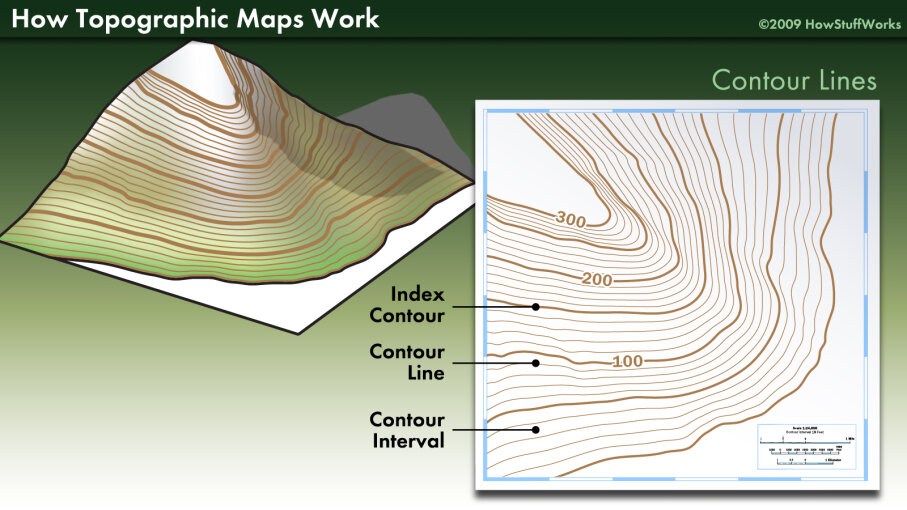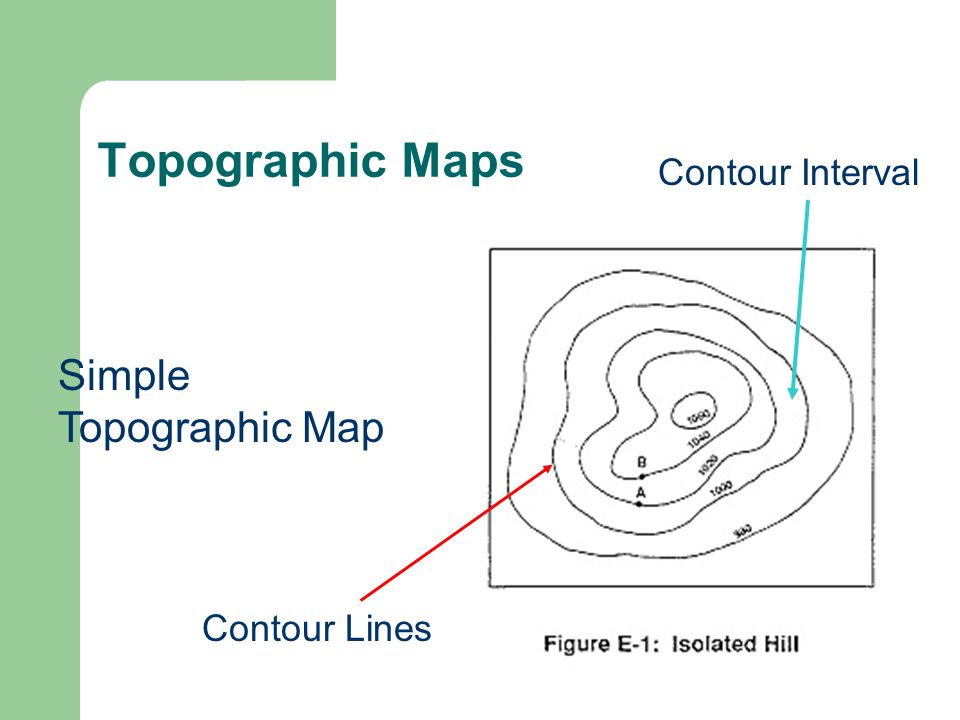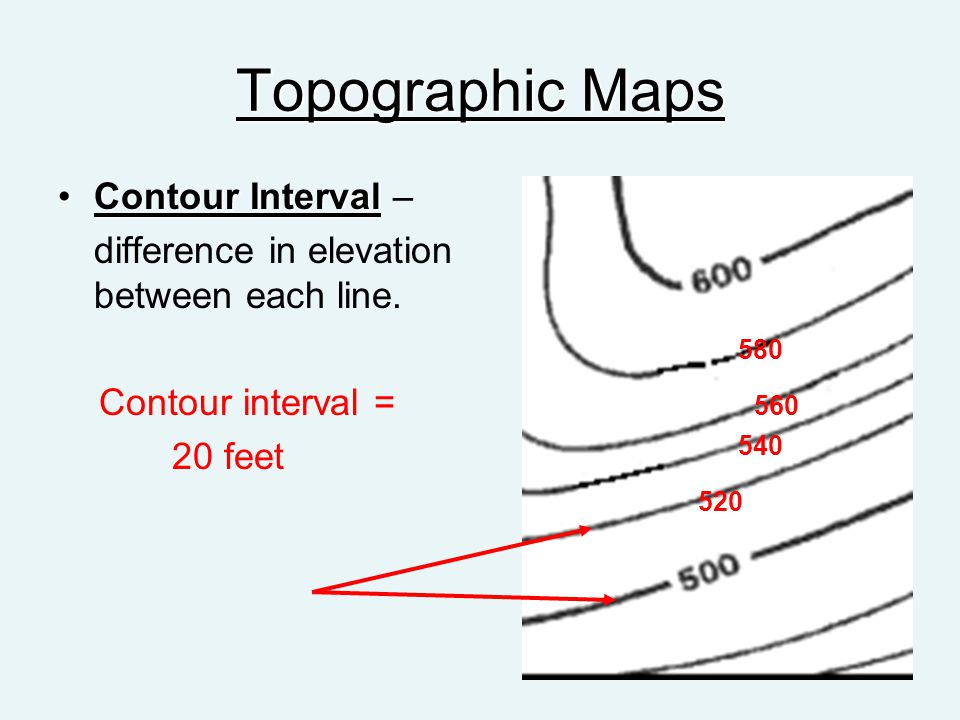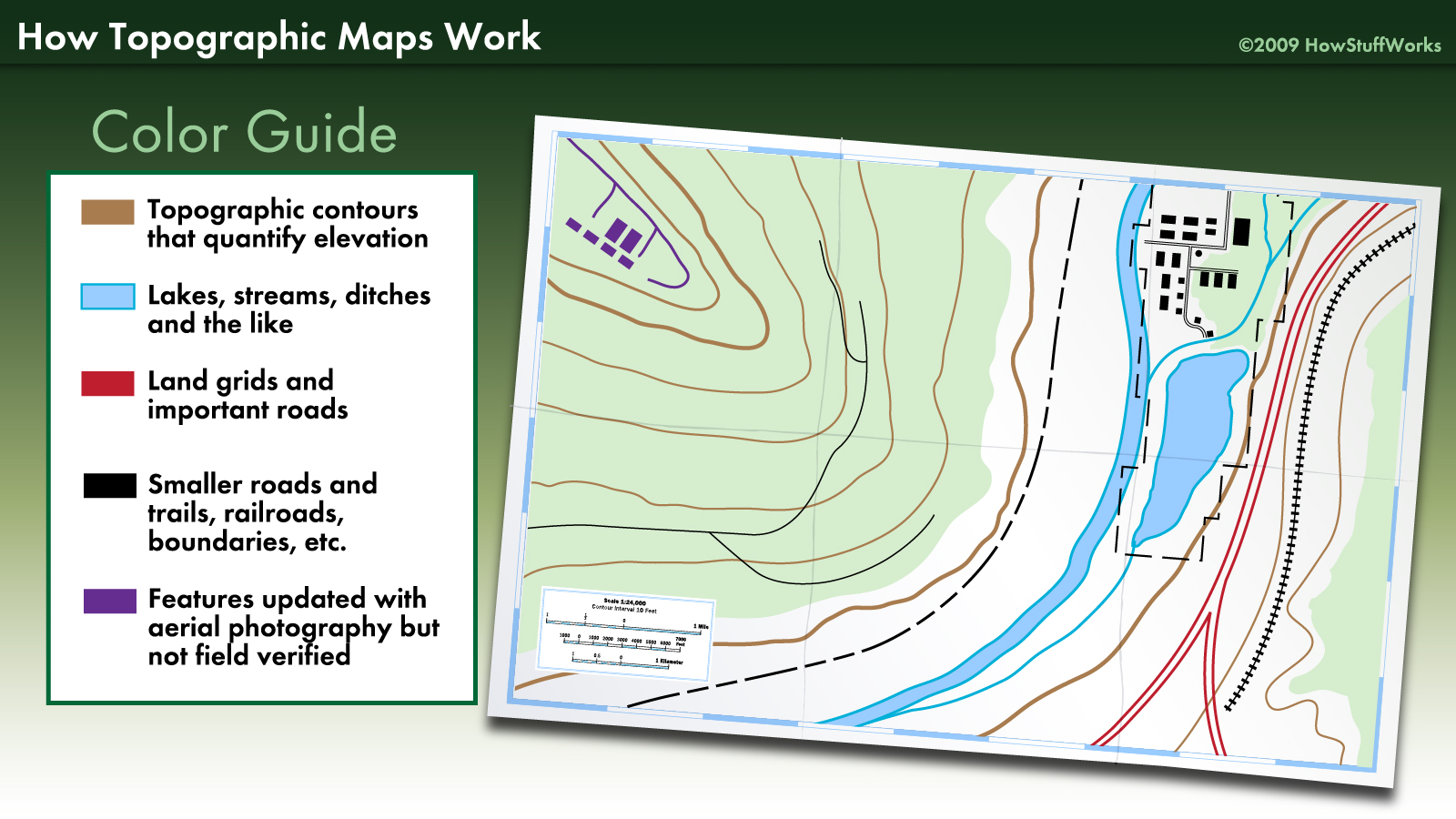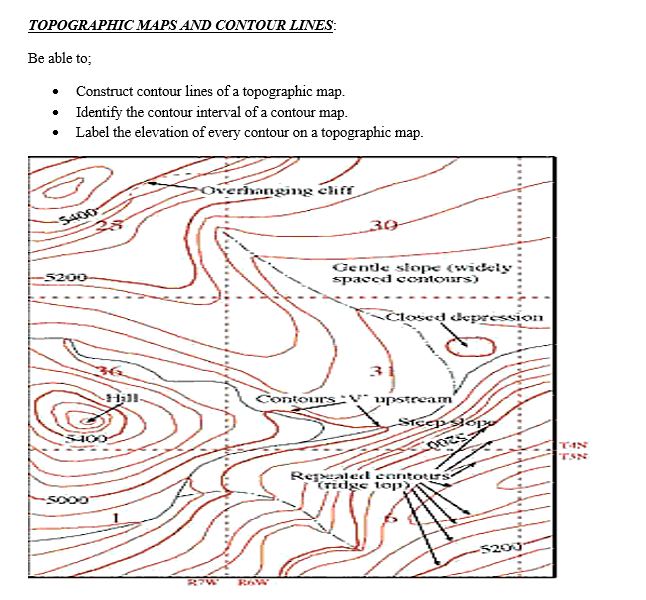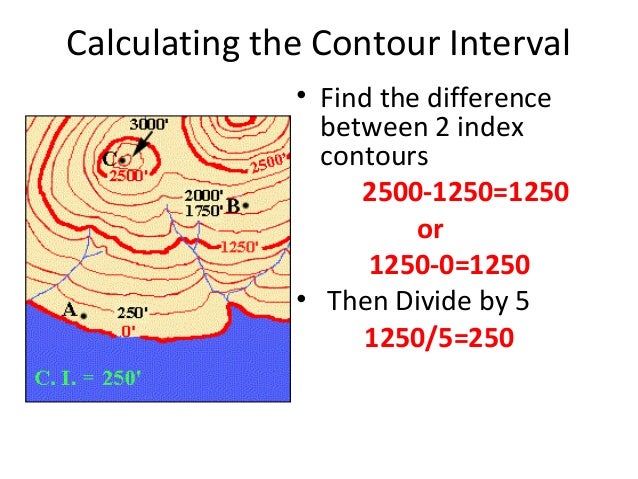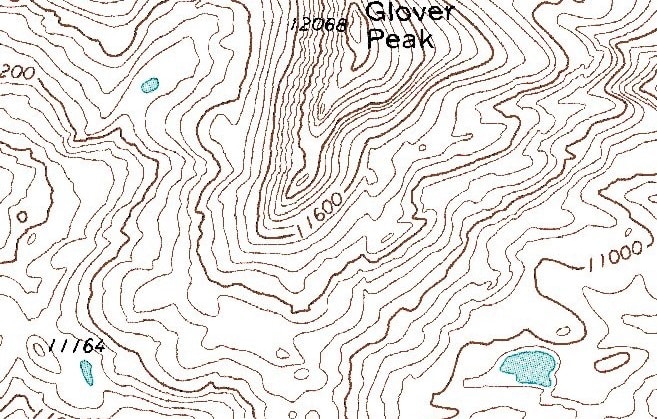Contour Intervals Topographic Map

For example a topographical map of an area near denver might have index contours of 5 000 5 100 and so on with a contour interval of 20 feet.
Contour intervals topographic map. Remember that topographic maps represent a view of the landscape as seen from above. This is called a contour interval. The brown lines weaving all around the map are known as contour lines each contour line represents a. For example every 20 50 200 metres depending on the scale of the map.
This is called the contour interval of the map. For any given map the contour interval is always the same within that map. This means that there would be five spaces and four non index contour lines between each index contour. Often index points are given along with index contours.
Understanding maps on topographic maps contour lines represent land elevation above sea level. Lines of equal elevation 3. A word of warning. The space between contour lines on a topographical map is a contour interval.
Usually there are different contour intervals for the different maps. For instance if the map uses a 20 foot interval there are contour lines at zero 20 40 60 80 and 100 feet. Considering the size of the area to be mapped contour intervals are assumed. The contour interval is an even space that represents an increase in elevation.
Contour interval a topographical map will contain many contour lines but the change in elevation between each line will remain the same. The contour interval is stated on every topographic map and is usually located below the scale. A contour interval in surveying is the vertical distance or the difference in the elevation between the two contour lines in a topographical map. A map of a relatively flat area may have a contour interval of 10 foot or.




